What are the principles of Dieter Rams’ design?
Working in a large organization with over 100+ employees? Discover how Dovetail can scale your ability to keep the customer at the center of every decision. Contact sales.
Dieter Rams is one of the most iconic modern designers. He developed the concept of functionality, simplicity, and Braun styles, setting the tone for innovation and functional design.
According to Rams, design is more than the art of making a product beautiful. If the final product is aesthetic but useless, it fails to fulfill its intended purpose.
Although interactive design has its greats, like Nielsen Norman, the principles of Rams’ design are still fundamental rules that we can apply in more interface contexts today.
Let’s take a closer look at the design principles pioneered by German industrial designer Dieter Rams and how they’ve impacted modern design.
What is Dieter Rams' design?
Dieter Rams' design adopts minimalism and simplicity as the norm.
He has been cited as one of the greatest designers who laid the foundation for the functionalist design movement. It follows the philosophy that purpose rather than aesthetics drives a product’s form.
Rams firmly believed that a good design came from understanding people and ending wastefulness.
His design influences came early in life when he worked as a carpenter at his grandfather's workshop. As an industrial designer at Braun, Dieter Rams followed the philosophy of "less is more."
This approach has generated timeless, quality products with an international reputation. The goal of his work was clarity of form, ease of use, and choice of material.
Ten principles for good design
While working at Braun, Rams was on a quest to discover the true meaning of good design. He devised ten principles of design, which continue to inspire designers today.
1. Good design is innovative
Innovation has endless possibilities. Technological advancement is always offering new opportunities for designers.
Designers should reflect novelty and innovation in their products. Since they have constant access to developing technology, there’s no excuse not to innovate.
2. A good design makes a product useful
Good design prioritizes usefulness. A product must meet psychological and functional standards. This principle asserts that a product should have a specific function.
Therefore, designers should eliminate anything that limits functionality.
Some might argue this rule set the precedent of what we know as usability with modern technology and interfaces.
3. A good design is aesthetically pleasing
Visual appeal or aesthetic beauty is integral to the usefulness of a product.
A well-executed design should be aesthetically pleasing, especially as people are more drawn to physically appealing products.
This also applies to UI design: Visually pleasing websites are more enjoyable and easier to use for many.
4. Good design makes a product understandable
A good design should be self-explanatory and use the user's intuition.
It should clarify how a product functions and provide basic instructions. However, excessive instructions may be tiresome for the user to follow.
In other words, “don’t make me think,” much like Steven Krug’s now famous book preaches to today’s UX designers.
5. Good design is unobtrusive
A vital aspect of a good design is to help a user perform a task, providing clear actions. It shouldn’t be distracting.
A good design should be neutral to allow the user's self-expression.
Similarly, a beautifully designed digital interface can hide a crucial button, so we must keep our present-day websites unobtrusive.
6. Good design is honest
A product shouldn’t make promises it can’t deliver. Rams believed a good design should be reliable and durable for its intended purpose.
Designers are responsible for improving user experience and delivering on their promises. Therefore, actions shouldn’t be unambiguous. Instead, they should be honest about what they deliver to the customer.
Congruently, some of Jakob Nielsen's ten general principles capture the essence of this principle:
Visibility of system status
Match between the system and the real world
User control and freedom
Error prevention
Flexibility and efficiency of use
Providing ways to recognize, diagnose, and recover from errors
These all play into keeping the digital design honest to user expectations and communicating that effectively.
7. Good design is long-lasting
A good design never loses its relevance, so it never appears antiquated. Therefore, rather than following fashionable trends, a good design should strive to remain timeless.
Digital design has a much harder correlation to this specific principle, more often focusing on iterations being a positive aspect to keep up with the rapid pace of technology.
8. A good design pays attention to detail
In design, every little detail matters. Details such as accuracy, images, and text should impress and assist the user in everything they do. Designers’ attention to detail can make the product useful, honest, and timeless.
We say “pixel perfect” in the digital space to ensure every detail serves our user base.
9. A good design is environmentally friendly
A good design should contribute to environmental preservation. Dieter Rams strived to design products that contributed toward protecting the environment.
That’s a principle we should really embrace today. Technology could significantly affect how we design and iterate while staying environmentally friendly.
10. Good design is as simple as possible
A good design won’t have irrelevant details. Rams championed clean and straightforward designs, believing that less is more.
An analysis of his works reveals the concept of minimalism, where products only have essential features. Instead, designers should declutter and only keep what’s needed.
White or negative space is crucial in today’s websites and applications. We can still see minimalistic elements in material design, showing its timelessness.
Examples of Dieter Rams' design
Dieter Rams worked at Braun and was the company's chief designer for over 40 years. During this time, he designed over 500 innovative products, including:
Phonosuper SK 4

Braun Lectron System

620 Chair Program
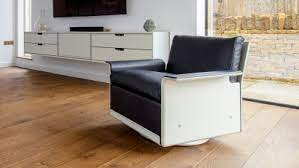
Braun Dymatic Pocket Lighter
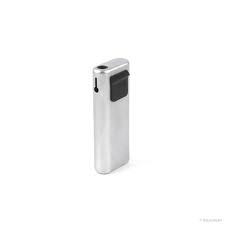
Vitsoe 601 Easy Chair
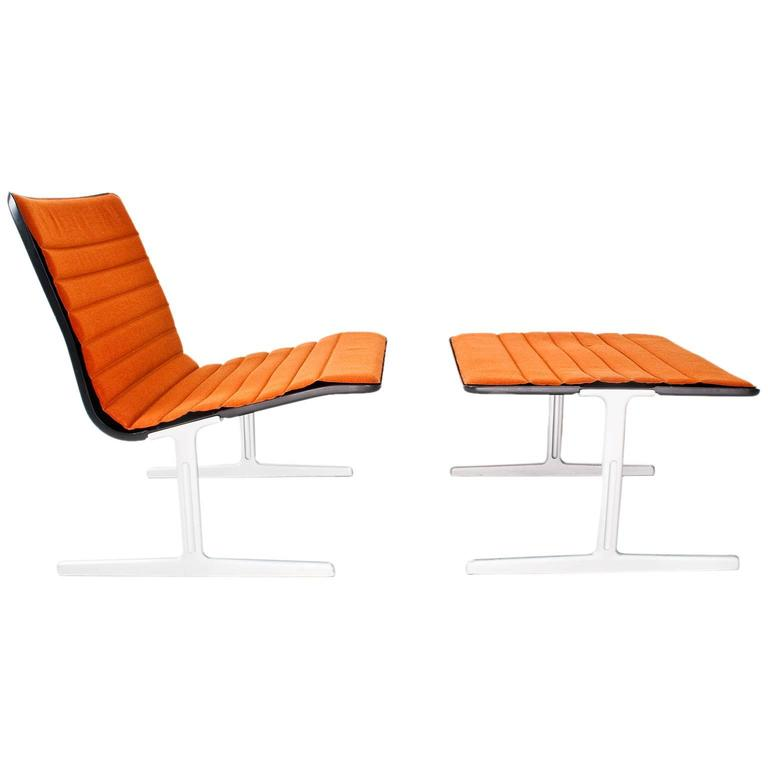
Vitsoe 606 Shelving system
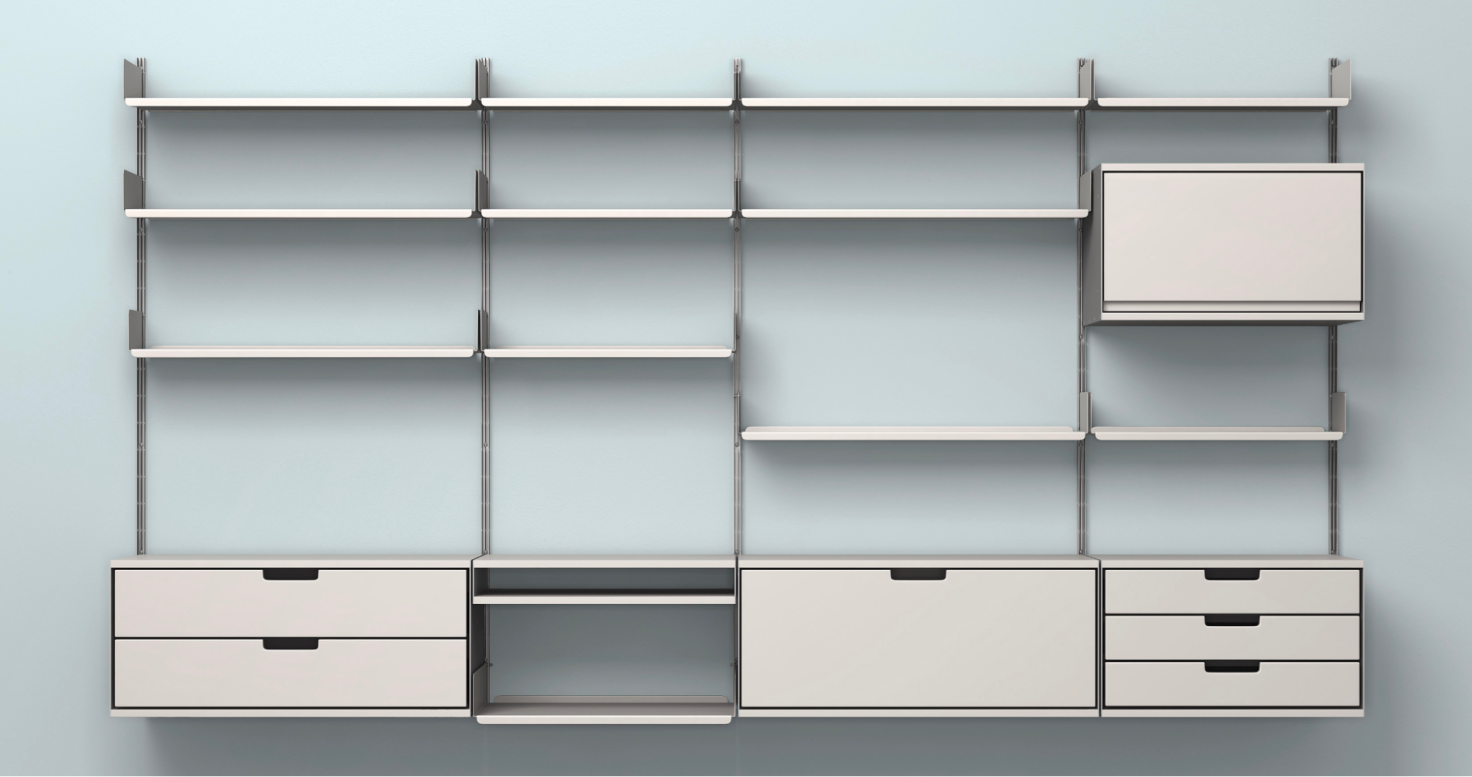
Braun Audio 310
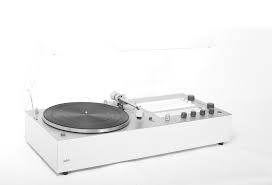
ET66 Calculator

Impact of Dieter Rams on design today
Although Rams created his principles with physical products in mind, they remain relevant to other design fields. They act as guidelines for various fields, such as furniture, industrial, graphic, and interaction design.
Even if you’re unfamiliar with the name, Rams' design tenets have likely influenced appliances in your office space or home.
In interface designs, his principles have made websites easy to interact with.
For example, the simplicity principle has helped interface designers build websites with only the required elements.
To date, the functionalist design remains immune to change. Rams created a new form of timeless design that avoids fashion trends.
Some of his original designs are still in production, like the 606 Universal Shelving System from 1960. His timeless designs have beaten obsolescence and trends.
In addition, Rams' design principles have been influential to brands. Apple’s designer Jonathan Ive created iPhones, iPad, and iPhones that mirror Rams’ minimalistic style. For instance, Braun ET44 calculators directly influenced the iPhone OS 1 calculator app.
FAQs
How to design like Dieter Rams
To design like Dieter Rams, make a product:
Useful
Understandable
Innovative
Beautiful
Honest
Environmentally friendly
Simple
What makes a bad design?
A bad design lacks appeal, is challenging to use, and has an unpleasant user interface.
It’s also short-lived, forgettable, and not self-explanatory.
What did Dieter Rams design?
Some of the products that Dieter Rams designed include the 606 Universal Shelving System, Braun Lectron System, HLD 4, and the T 3 Pocket Radio.
What is the concept of good design?
Every good design centers on the concepts of:
Balance
Rhythm
Harmony
Scale
Focal points
Proportion
Should you be using a customer insights hub?
Do you want to discover previous user research faster?
Do you share your user research findings with others?
Do you analyze user research data?
Editor’s picks
Last updated: 24 June 2023
Last updated: 29 May 2023
Last updated: 6 March 2025
Last updated: 6 March 2025
Last updated: 27 November 2024
Last updated: 18 December 2024
Last updated: 16 February 2025
Last updated: 22 December 2024
Last updated: 31 January 2025
Last updated: 1 February 2025
Last updated: 8 January 2025
Last updated: 26 February 2025
Last updated: 1 February 2025
Last updated: 26 February 2025
Last updated: 31 January 2025
Latest articles
Last updated: 6 March 2025
Last updated: 6 March 2025
Last updated: 26 February 2025
Last updated: 26 February 2025
Last updated: 16 February 2025
Last updated: 1 February 2025
Last updated: 1 February 2025
Last updated: 31 January 2025
Last updated: 31 January 2025
Last updated: 8 January 2025
Last updated: 22 December 2024
Last updated: 18 December 2024
Last updated: 27 November 2024
Last updated: 24 June 2023
Last updated: 29 May 2023